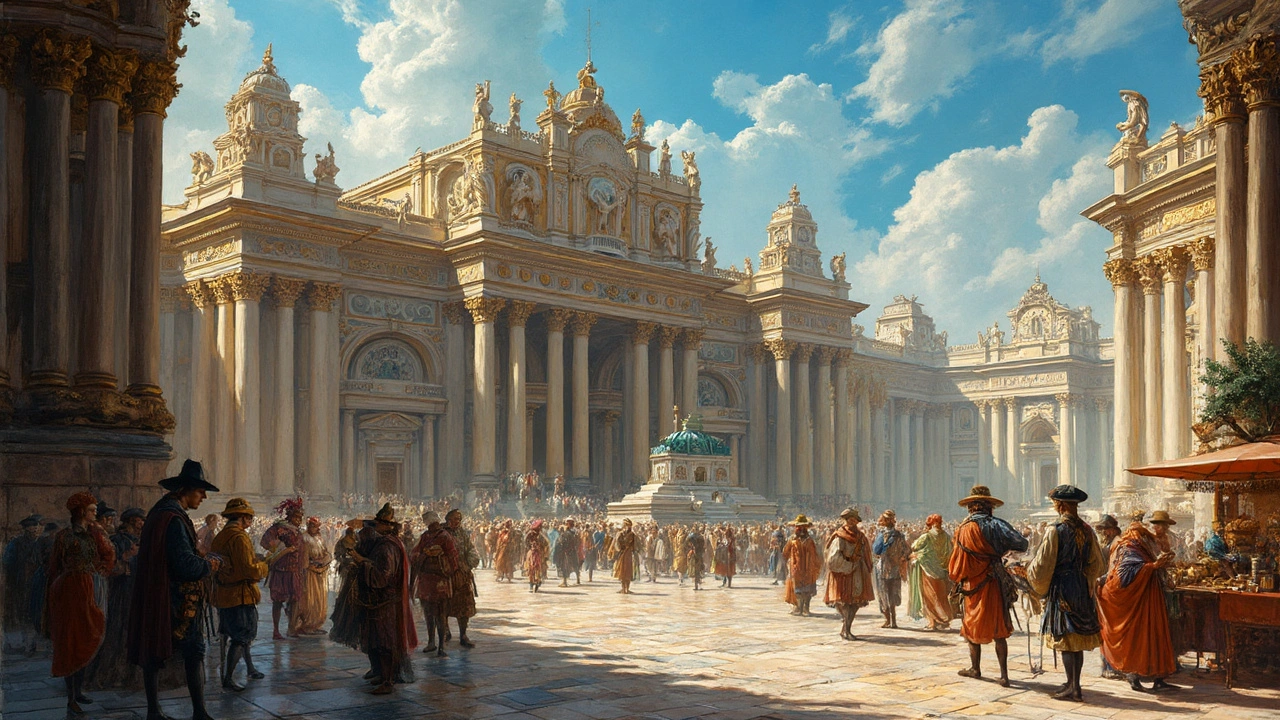Baroque architecture isn't just grand and ornate; it tells stories about the cultural shifts of its time. This article dives into how this architectural style influenced the world, from its lush details to its dramatic designs. Readers will explore how Baroque art served as a reflection of power, emotion, and innovation. With practical insights and engaging examples, you'll see why this style left such an indelible mark on history.
Art Styles in Architecture: Practical Guide
Buildings broadcast their style the moment you notice the details: a Doric column, a carved cornice, or an exposed steel frame. Identifying art styles helps you read cities, pick renovation ideas, and understand why some places feel a certain way.
How to spot major styles
Start with the basics: shape, materials, and decoration. Ancient Roman work favors arches, vaults, and concrete — think heavy, rounded forms built to last. Greek Revival borrows temple shapes: columns, pediments, and strict symmetry. Those are easy to spot in civic buildings and older homes.
Renaissance architecture brings balance and clear geometry: domes, orderly columns, and buildings designed around a center. Beaux-Arts takes that order and adds drama — big staircases, rich ornament, and grand entrances that dominate a street. Georgian shares symmetry but uses brickwork and sash windows for a quieter look.
Baroque is the showier cousin: curved facades, dramatic contrasts, and lots of sculpted detail. Colonial styles mix European forms with local materials and practical tweaks — you’ll see familiar silhouettes adapted to climate and craft in different regions.
Move forward and styles get more experimental. Constructivist architecture (think early Soviet modernism) favors geometric shapes and industrial materials, sometimes with political symbolism built into form. Expressionist buildings chase emotion — odd angles, sweeping roofs, dramatic silhouettes.
Modern and recent styles simplify or expose structure. Bauhaus and International Style cut ornament and focus on function, flat surfaces, and glass. High-Tech wears its engineering on the outside: visible pipes, steel trusses, and lots of glass. Neo-Futurism pushes that further with flowing, almost organic forms made possible by new materials.
Practical tips for using styles today
Want to renovate or design with a historical style? Match proportions more than details. A modern window in the wrong size will break the feel faster than a mismatched trim. Use authentic materials when you can — wood, brick, stone — and replicate joinery and molding profiles for visual continuity.
If you’re mixing styles, pick one dominant language and borrow small elements from others. For example, a clean mid-century layout can accept a single Beaux-Arts-inspired doorway, but too many historic details will clash.
To spot authenticity: look at construction clues — original nails, lath and plaster, mortar color — and compare old photos if available. For preservation, consult a local conservator before replacing major features; small, reversible fixes keep value and character intact.
Want examples? Walk your city: note buildings with big columns, grand stone steps, exposed steel frames, or sculpted facades. Each one tells a story about technology, taste, and the people who built it. Use those stories to inform your own design choices — whether you’re restoring a porch or sketching a new façade.
Curious to learn more? Our tag collection breaks down each style with photos, practical tips, and real-world examples so you can spot and use these ideas with confidence.

